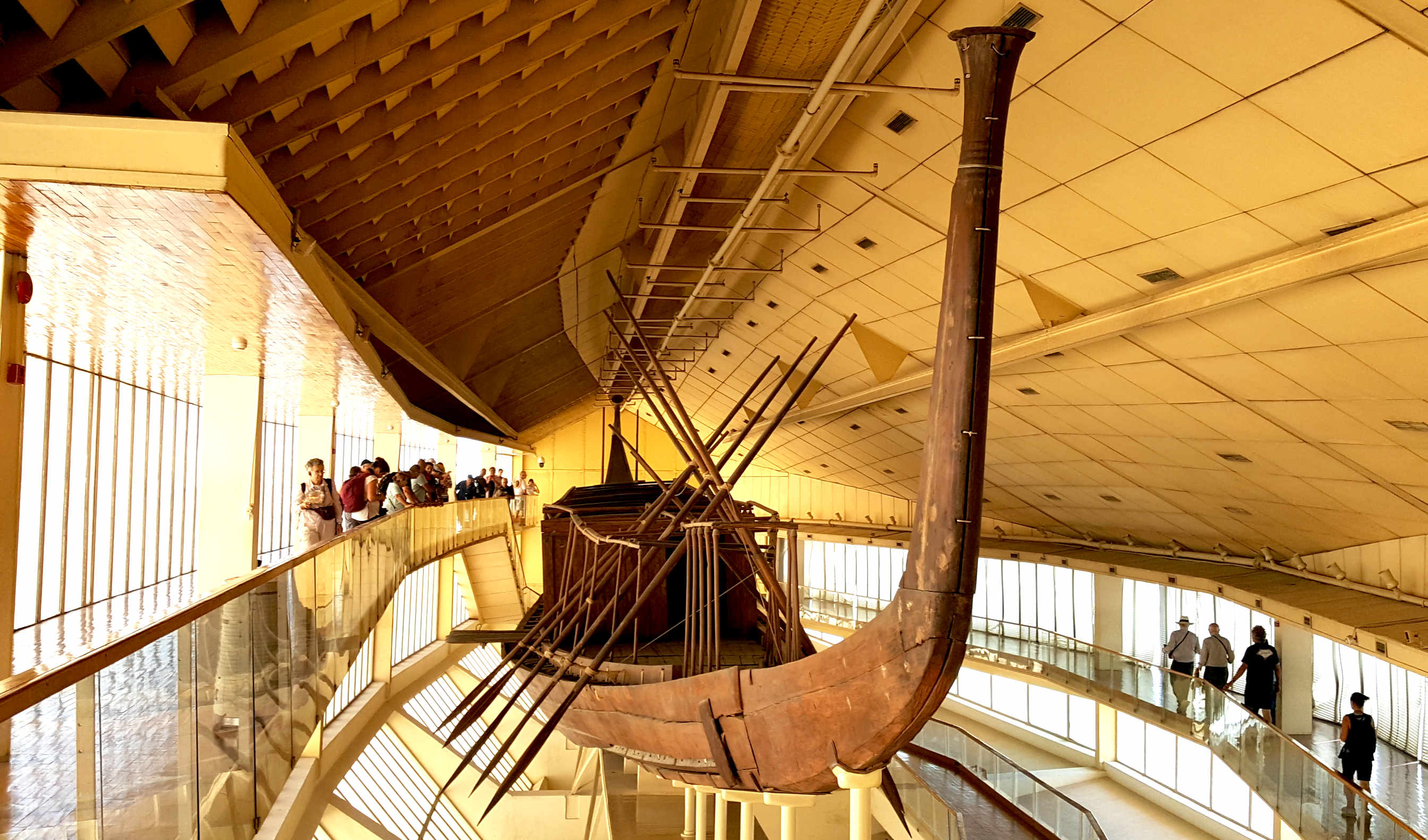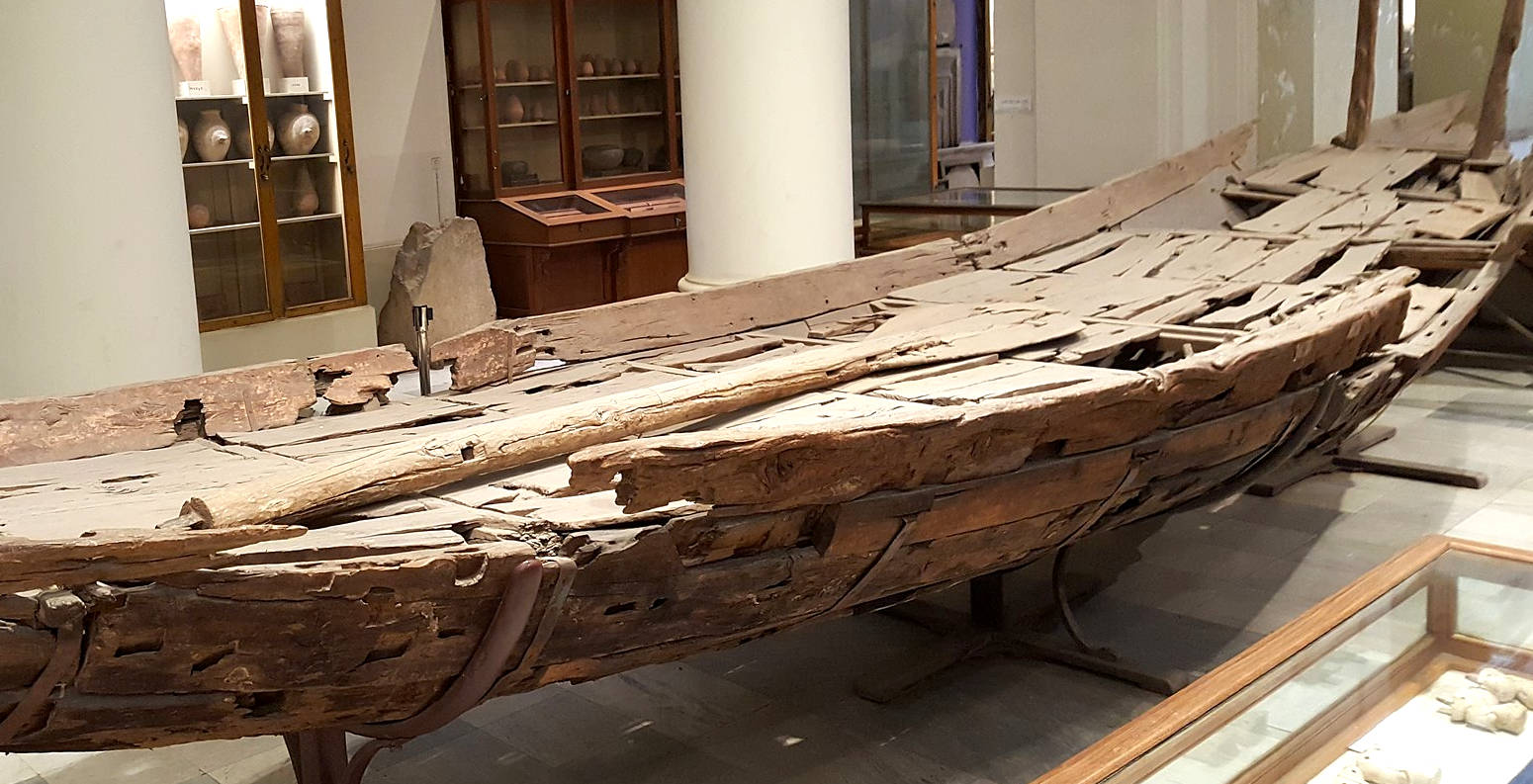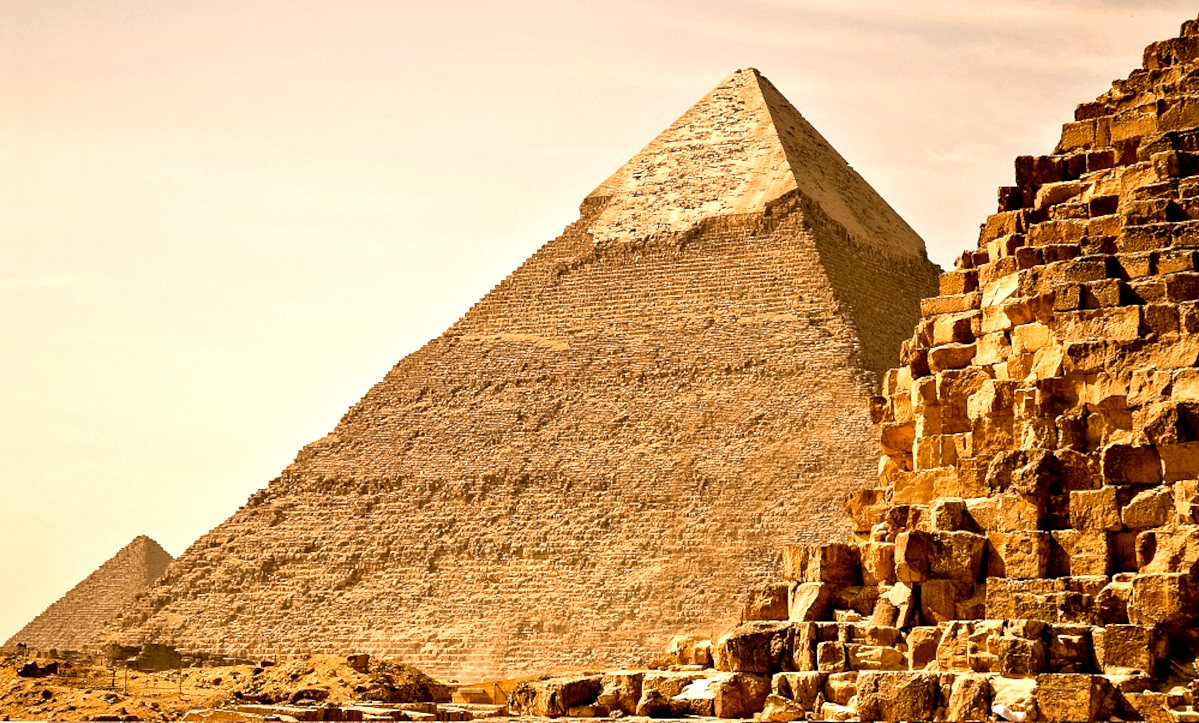
The Duat, also referred to as Amenthes in Greek or Te in Coptic, is the underworld in ancient Egyptian mythology. Represented by the hieroglyph (a star within a circle), the Duat was a realm where the souls of the dead journeyed after death. Central to Egyptian religious thought, it was a space of judgment, transformation, and eventual rebirth. Osiris, the god of the dead and rebirth, was the ruler of the Duat, symbolizing regeneration and life after death.
JOURNEY THROUGH THE DUAT: ANCIENT EGYPTIAN BELIEFS OF THE UNDERWORD AND AFTERLIFE
Ancient Egyptian religious mythology is rich with vivid descriptions of the afterlife, a complex journey culminating in regeneration and eternal existence. Central to this journey is the Duat, the
ancient Egyptian underworld or netherworld. Far from being a place of eternal torment, the Duat was a dangerous yet necessary transitional realm that souls had to navigate to reach their ultimate destination.
WHAT IS THE DUAT?
The Duat was believed to be a sprawling, mysterious realm that lay beneath the earth, traversed by the sun god Ra during his nightly journey from west to east. It was a mirror image of the earthly Nile Valley, complete with rivers, fields, caverns, and terrifying monsters. The Duat was not a single, static location but rather a series of twelve regions or "hours" through which the sun god and the deceased's soul would travel during the night. Each "hour" presented unique challenges and divine encounters.
GODS OF THE DUAT
The Duat was populated by a vast pantheon of gods and goddesses, each playing a role in the deceased's journey or in the daily cycle of cosmic regeneration. Key deities associated with the Duat include:
- Osiris: The undisputed ruler of the Duat and god of the afterlife, resurrection, and fertility. He was central to the judgment of the dead.
- Anubis: The jackal-headed god of mummification and the guide of souls through theat. He played a crucial role in the weighing of the heart ceremony.
- Thoth: The ibis-headed god of wisdom, writing, and magic. He often acted as a scribe during the judgment and provided magical protection.
- Horus: Often depicted as a falcon or a man with a falcon head, Horus was the son of Osiris and Isis. He avenged his father's death and was a symbol of kingship and divine protection.
- Isis: The great mother goddess, wife of Osiris, and mother of Horus. She was a powerful sorceress and protector of the dead.
- Ra: The sun god, who journeyed through the Duat each night, battling its dangers to be reborn each morning, symbolizing the cycle of death and rebirth that the deceased hoped to emulate.
- Sekhmet, Serqet, Neith, and Selket: Various protective goddesses who guarded specific gates or regions within the Duat.

CHALLENGES FACED BY THE DEAD
Navigating the Duat was fraught with peril, and the deceased had to overcome numerous obstacles to achieve regeneration. These challenges included:
- Demons and Monsters: The Duat was teeming with hostile demons, monstrous serpents, and other terrifying creatures designed to impede the soul's progress or consume it. The deceased relied on spells, amulets, and divine intervention to ward them off.
- Gates and Guardians: The Duat was divided into hours, each guarded by formidable gatekeepers who demanded knowledge of secret passwords and spells. The Book of Gates and the Amduat provided detailed maps and incantations for passing these guardians.
- The Lake of Fire: A fiery pit that would consume the unworthy or those who failed the judgment.
- Lack of Provisions: The deceased needed to be equipped with offerings and provisions for their journey, as starvation was a potential threat in some regions.
- The Weighing of the Heart: This was arguably the most crucial challenge. Upon reaching the Hall of Two Truths, the heart of the deceased (representing their conscience and moral character) was weighed against the feather of Ma'at (goddess of truth and cosmic order). Anubis oversaw the scales, while Thoth recorded the result. If the heart was heavier than the feather, it meant the deceased was impure, and their heart would be devoured by Ammit, the "Devourer of the Dead" (a creature with the head of a crocodile, the body of a lion, and the hindquarters of a hippopotamus), leading to eternal oblivion. If the heart balanced the feather, the deceased was deemed worthy.
THE FINAL DESTINATION: REGENERATION AND THE FIELD OF REEDS
Successfully traversing the Duat and passing the judgment of Osiris led to
regeneration and eternal life in the Field of Reeds (Aaru), a blissful paradise where the deceased would live forever in a perfect version of their earthly existence. They would reunite with loved ones, farm fertile lands, and enjoy eternal peace, effectively becoming an akh – a blessed and effective spirit.
The Duat, therefore, was not merely a dark underworld but a dynamic crucible where the soul was tested, purified, and ultimately reborn, mirroring the cyclical renewal of the sun god himself. The intricate beliefs surrounding the Duat provided a profound framework for ancient Egyptian life, emphasizing moral conduct, ritual purity, and the promise of an eternal existence.



